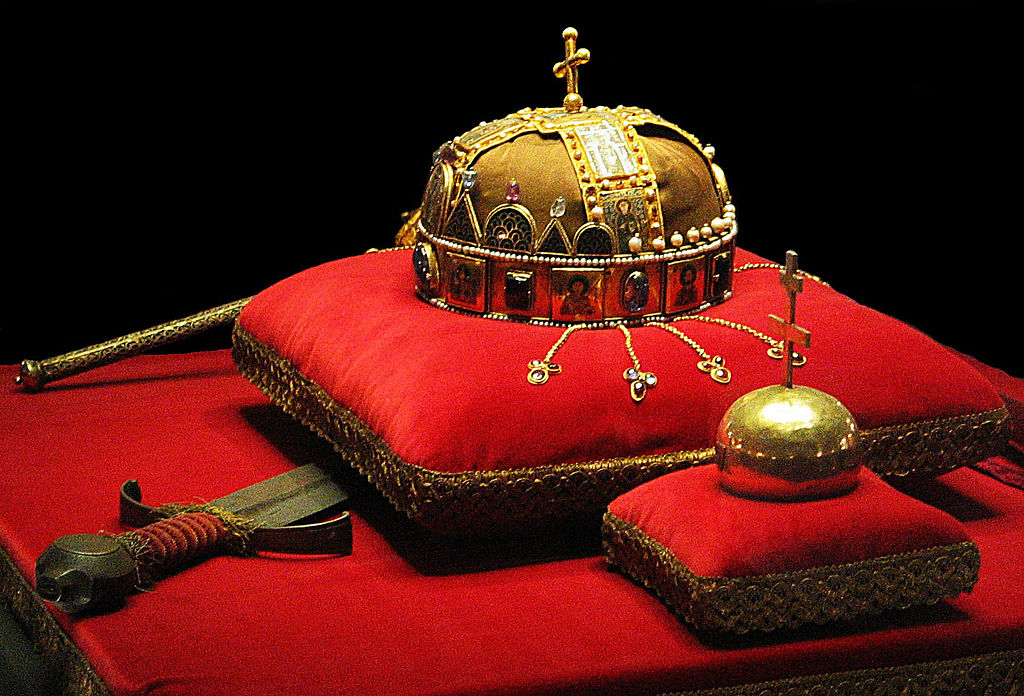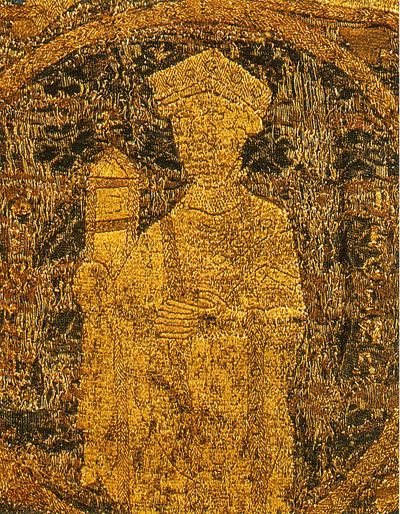Over 1,000-year-old authentic image of Saint Stephen, Hungary’s founder, on an unexpected relic

Saint Stephen (997-1038) was Hungary’s first Christian monarch, credited with establishing the modern medieval Christian state of Hungary. He consolidated his power by defeating internal rivals and forming a strategic alliance through marriage to a daughter of a powerful Bavarian family. His father-in-law and brother-in-law ruled the Holy Roman Empire for over two decades, giving him the time he needed to strengthen his reign and organise the state and church. Remarkably, an authentic image of Saint Stephen can be viewed at the Hungarian National Museum.
A troubled history
Most Hungarian artworks from the Middle Ages were destroyed during the Ottoman conquest and the subsequent wars of the 15th, 16th, and 17th centuries. However, a few notable exceptions, such as the coronation regalia, have survived. Thanks to the Royal Crown Guard, despite German occupation and the brutal rule of the Hungarian Nazis led by Ferenc Szálasi in the final months of World War II, the regalia were secured by US forces and kept in Fort Knox. In 1978, during a period of détente, the American government returned these artefacts to Hungary.
The Holy Crown of Hungary, the coronation sceptre, the Globus Cruciger (orb), and the sword are currently housed in the Hungarian Parliament. Visitors can view them by purchasing an entrance ticket. Meanwhile, the coronation mantle is preserved in the Hungarian National Museum. Based on current research, none of these items is over a thousand years old, meaning Saint Stephen himself could not have used them—not even the Holy Crown of Hungary, which legend claims was a gift from Pope Sylvester II. Historians agree that the Holy Crown of Hungary was assembled from three parts at the end of the 12th century: the corona graeca, the corona latina, and the uppermost cross.

Only the mantle is old enough
Historians can only assert with sufficient certainty that the mantle was created during Saint Stephen’s reign. Originally a priest’s chasuble, it was made by Saint Stephen and his Bavarian wife, Gisela. The exact production date is unknown, but it predates 1031, as the royal couple presented it to the Church of the Virgin Mary in Székesfehérvár in that year.

According to the Hungarian National Museum’s description, the “ground fabric is rosette-patterned Byzantine silk, which is covered almost entirely with ornamentation embroidered using gold thread. On the back of the mantle is a Y-shaped cross. The raised arms of this cross feature half-length depictions of angels, while the vertical element shows two depictions of Christ, one above the other.” In addition to Christ, the mantle is decorated with Old Testament Prophets and the Apostles.
The mantle features Saint Stephen wearing a circlet crown richly decorated with gemstones (not the Holy Crown). In his right hand, he holds a lance, symbolising his authority, while his left hand holds an orb. Gisela is depicted similarly to Stephen, and between them stands their son, Prince Emerich, who tragically died in a hunting accident in 1031, leaving Stephen without a suitable heir.
The creator of the chasuble saw the King and Queen in real life
The depictions of the three Hungarian rulers on the mantle were created by someone who had seen all three in real life. Therefore, we can say that the coronation mantle contains the only authentic image of Hungary’s first Christian ruler.


The coronation mantle was donated to the newly established church in Székesfehérvár, which served as the “capital” of the kingdom. It was not part of the Hungarian Crown Jewels in the 11th century; it only became part of the coronation ceremony in the 12th century. Furthermore, each queen was required to sew some stitches into it, the last time being before the coronation of Charles IV (1916-1918).
Here is a photo showing the immense size of the mantle:

According to the Hungarian National Museum, the first datum in which the mantle features is a record relating to the coronation of King Andrew III of Hungary (1290–1301). According to this, ‘the king was in attire such as St. Stephen wore earlier on.’
Without Saint Stephen, Hungary would not exist
Saint Stephen established a lasting Christian state in Hungary at the beginning of the 11th century. Gábor Thoroczkay, a distinguished researcher of Saint Stephen’s era and a research fellow at ELTE University in Budapest, sdescribes him as a solemn figure with a clear vision, highly purposeful, and capable of exploiting even the Germans—a more powerful nation than Hungary at the time. The only event that weakened him was the loss of his son. After the tragic hunting accident, Stephen’s health declined, and he was unable to find a suitable heir to continue his work. Nevertheless, his achievements were strong enough to outlast him, preserving the Hungarian monarchy between the Byzantine and Holy Roman Empires—a remarkable success.
Here is a video of the mantle:
Read also:
- The troubled history of the Holy Right, the mummified hand of Hungary’s first king – read more HERE
- Do you know what St. Stephen advised to his heir and son?
Featured image: Saint Stephen’s portrait in the Saint Stephen Room in the Royal Palace.
Source:





